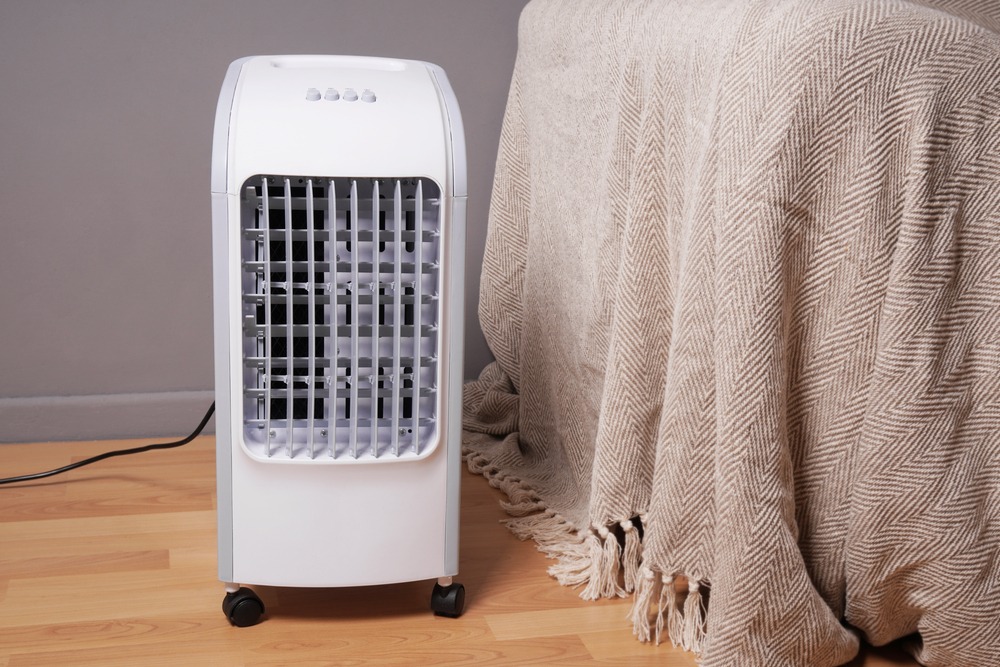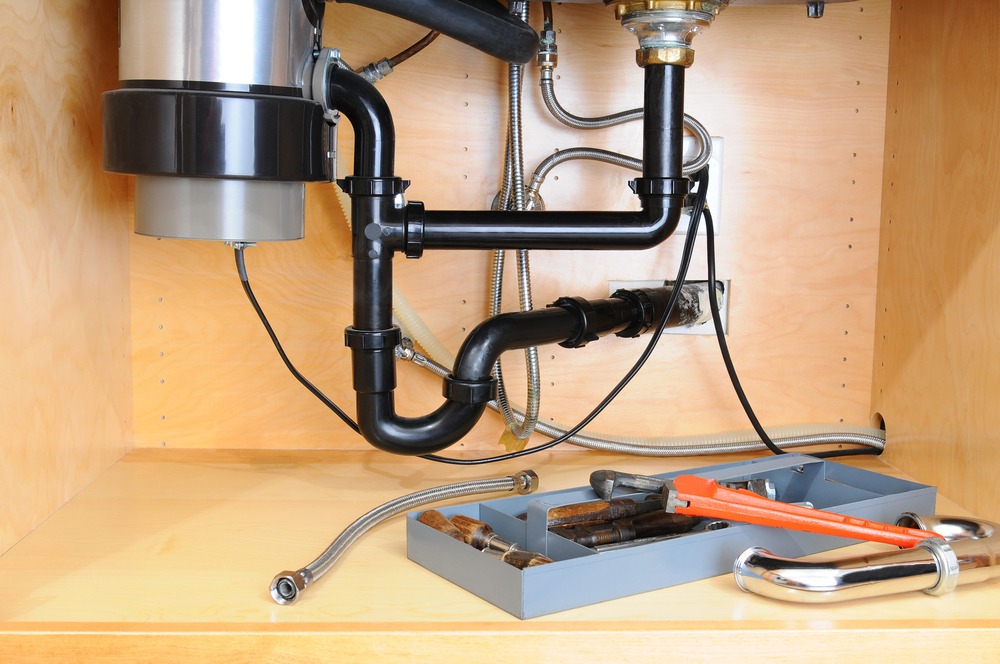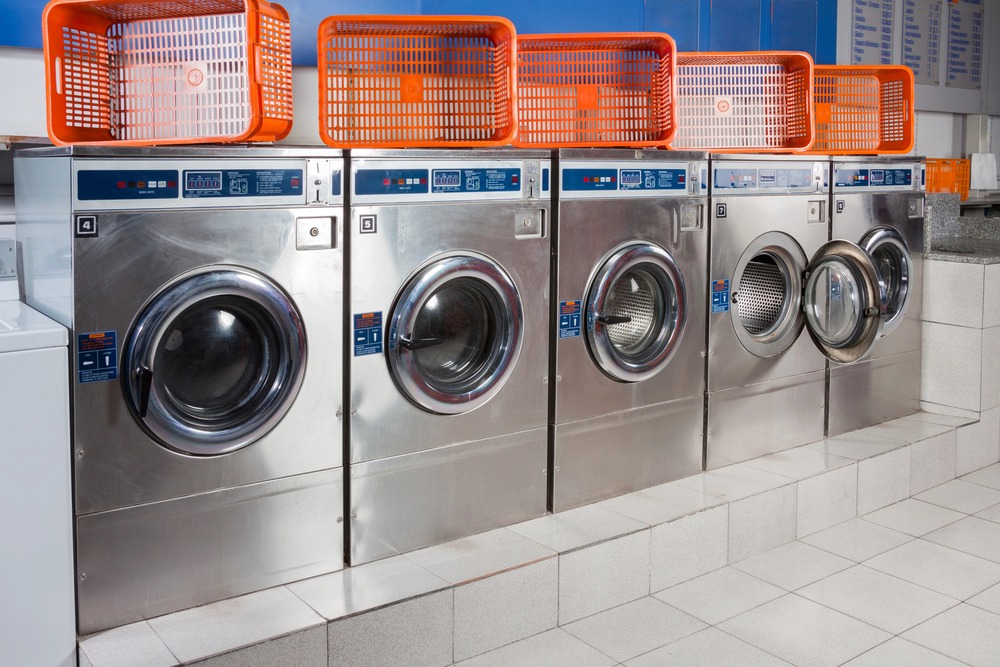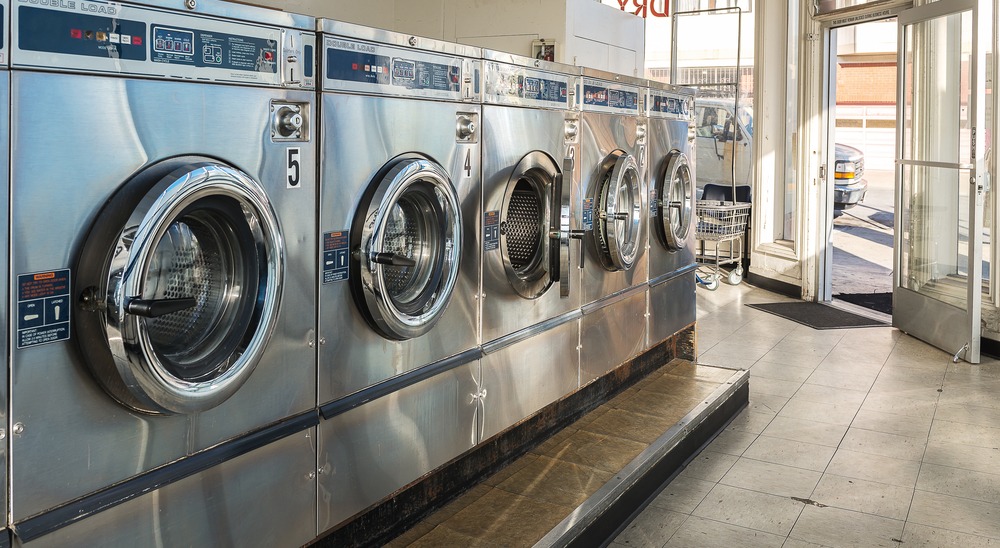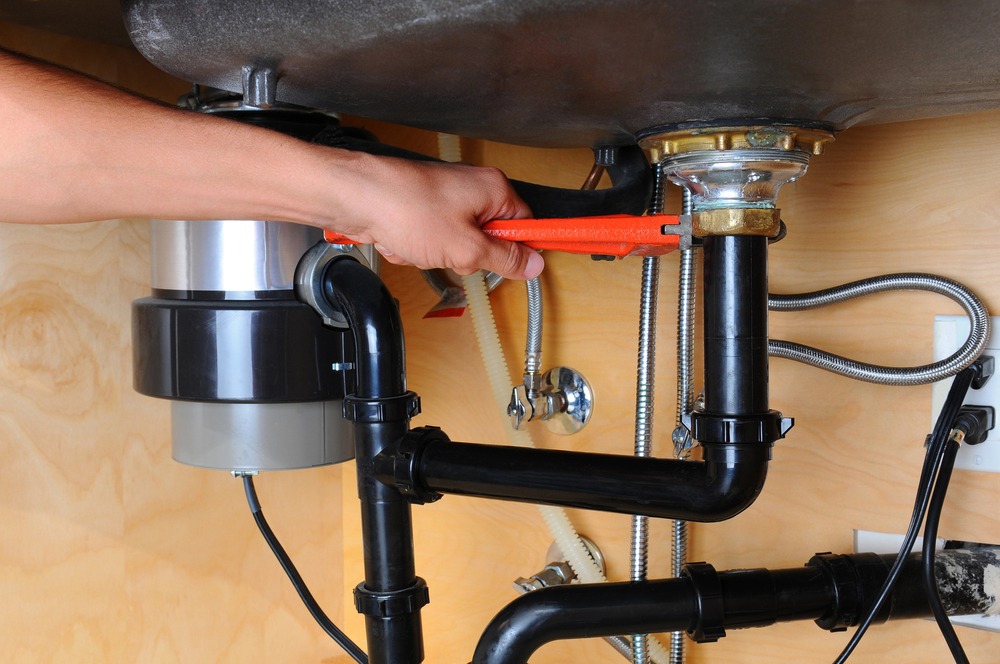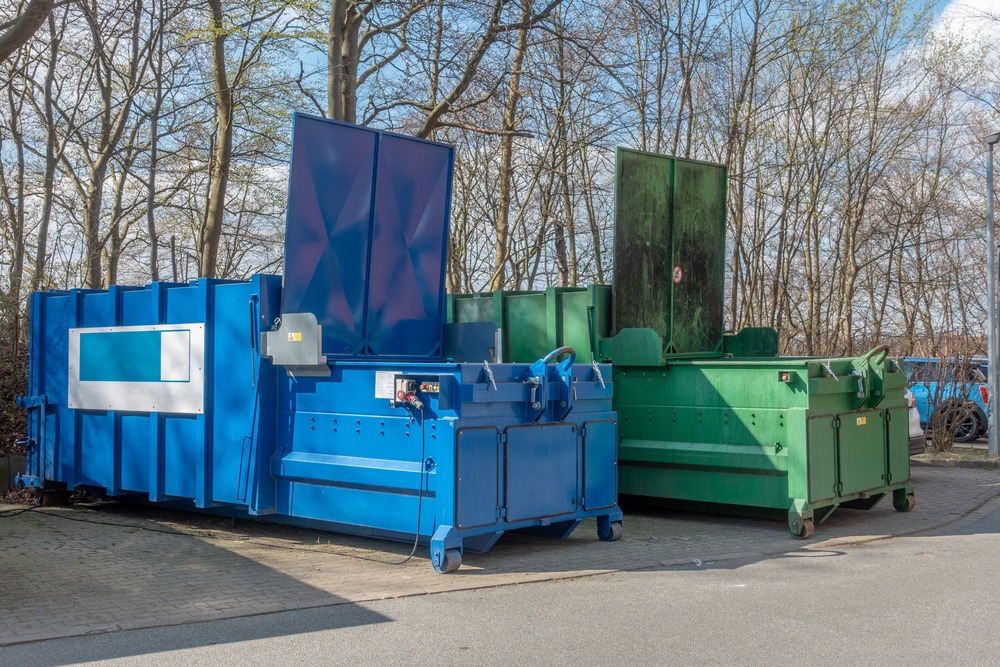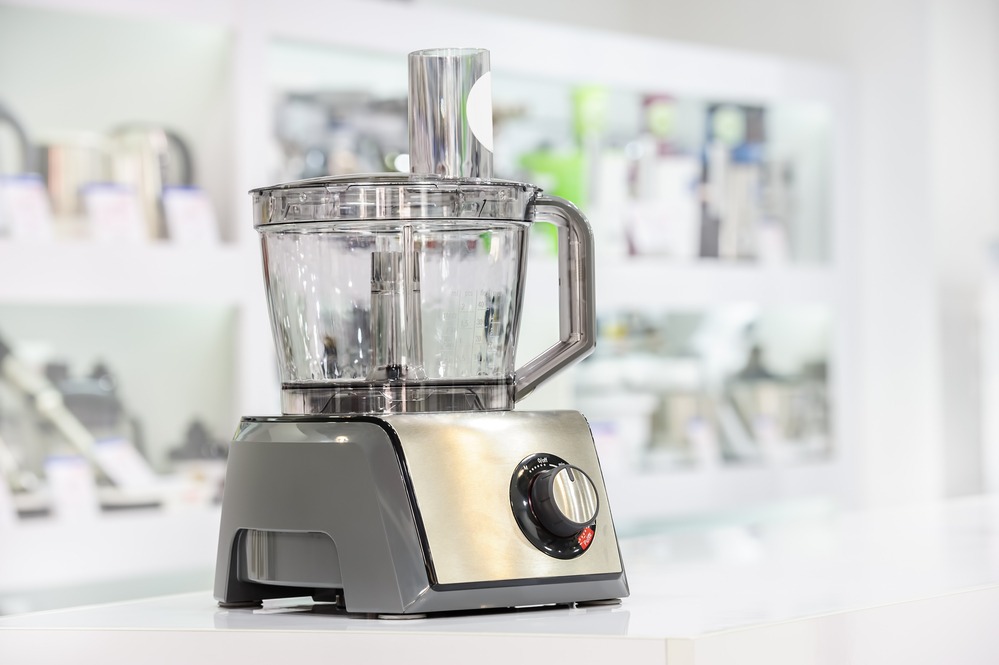Top 5 Commercial Rice Cookers For Your Restaurant
Having reliable equipment is crucial for maintaining efficiency and consistency in food quality. One such indispensable tool is the rice cooker. Selecting the right rice cooker for restaurant use is a decision that can significantly impact your kitchen’s productivity. In this guide, we’ll explore the top 5 commercial rice cookers that stand out for their durability, capacity, and ease of use, featuring some of the most reputable brands in the industry. Hamilton Beach Commerical Rice Cooker Hamilton Beach is a brand that provides a reliable solution for commercial kitchens. Their rice cooker is designed with user-friendly features, including digital controls and automatic cooking options. It’s capable of cooking various types of rice and grains, making it a versatile tool for restaurants with a diverse menu. The cooker’s durable construction guarantees long-term use, making it an excellent choice for any commercial setting. Daewoo Commerical Rice Cooker Daewoo products are known for their reliability and efficiency, engineered to meet the demands of professional kitchens with unparalleled precision. Boasting a robust construction, their rice cooker exudes durability, featuring a sturdy stainless steel exterior built to withstand the rigors of daily use in bustling commercial environments. Designed with user convenience in mind, it incorporates intuitive controls and customizable settings, allowing chefs to effortlessly tailor their cooking experience to achieve consistently perfect results. Panasonic Commerical Rice Cooker Panasonic is renowned for its robust kitchen appliances, and their commercial rice cooker is no exception. Designed for heavy-duty use, it can cook large quantities of rice to perfection with minimal supervision. The cooker’s advanced thermostat regulation ensures each grain of rice is cooked evenly, making it ideal for busy restaurants. Its simplicity in design and operation makes it a top choice for chefs who value reliability and efficiency. Zojirushi Commerical Rice Cooker Zojirushi’s commercial rice cooker stands out for its innovative technology that cooks rice faster while retaining its natural flavor and texture. The rice cooker is designed for efficiency, with settings that cater to different rice varieties, making it versatile for any menu. The non-stick interior and easy-to-clean features also ensure that kitchen staff can maintain hygiene standards effortlessly. Zojirushi is a brand that combines technology and convenience, making it a popular choice among chefs. Aroma Commerical Rice Cooker Aroma offers commercial rice cookers that excels in both functionality and affordability. It is designed to meet the demands of a busy restaurant, with a large capacity and straightforward controls. The cooker’s quick-cook setting is particularly useful for kitchens that need to turn around orders rapidly. Aroma’s rice cookers are known for their durability, ensuring that restaurants can rely on them for consistent performance day in and day out. At Ambar Distributors, we understand the importance of having the right equipment in your restaurant’s kitchen. That’s why we offer a wide selection of commercial rice cookers from top brands like Hamilton Beach. Our expertise in wholesale distribution allows us to provide these high-quality products at competitive prices, ensuring that you get great value for your investment. With our focus on customer satisfaction, we’re committed to helping you find the perfect rice cooker that meets your restaurant’s needs. Trust us to equip your kitchen with the best tools for success.
Top 5 Commercial Rice Cookers For Your Restaurant Read More »



